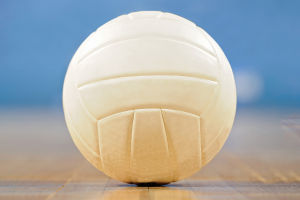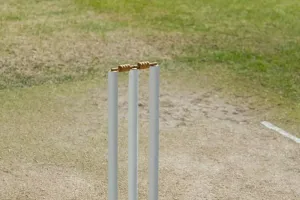Water polo, often referred to as "water soccer," is a thrilling aquatic team sport that combines elements of swimming, handball, and volleyball.
It demands strength, bravery, and teamwork as two teams compete to swim, pass, and score goals in the water.
Originating in England during the mid-19th century, water polo began as a recreational activity where participants passed a soccer ball while swimming. Over time, it evolved into a competitive team sport.
Men's water polo debuted at the 1900 Paris Olympics, while women's water polo was recognized at the 2000 Sydney Olympics. Since its inclusion in the 1951 Asian Games in New Delhi, water polo has been a prominent fixture in international competitions.
The International Swimming Federation (FIS), established in 1908 and headquartered in Lausanne, Switzerland, serves as the governing body for water polo worldwide.
Water polo matches are typically played in a 50-meter swimming pool with a depth of over 2 meters. The playing area is delineated by a water line, with specific dimensions for men's and women's matches.
Men's water polo is played in a 30-meter long and 20-meter wide artificial pool with a depth of at least 1.80 meters, while women's matches are conducted in a 25-meter long and 20-meter wide pool with a similar depth. Each end of the pool is equipped with a goal measuring 90 centimeters in height and 3 meters in width.
To enhance gameplay, colorful buoys are positioned along the sidelines of the playing field. Red buoys indicate the offside area of the penalty line, situated 2 meters from the goal, while yellow buoys mark the location of the 5-meter direct free kick and the line for various penalty scales.
The water polo goal frame, painted white, stands 0.9 meters above the water surface and spans 3 meters in width. Competition balls are specifically designed for water polo, with different sizes for men's and women's matches.
The circumference of a men's ball ranges from 0.68 to 0.71 meters, while a women's ball measures between 0.65 to 0.67 meters. Both balls weigh between 400 to 450 grams.
Each water polo team consists of seven players, including one goalkeeper. Teams are permitted six off-field substitutes, who can be interchanged during the game. Matches are divided into four quarters, each lasting 8 minutes, with a 2-minute break between quarters and a 5-minute halftime interval.
Players must adhere to specific rules during gameplay. Only the goalkeeper can touch the ball with both hands, and a goal is scored when the ball completely crosses the goal line. After a goal, players return to their respective halves, and the team that conceded the goal kicks off from the center line. Offensive possession is limited to 35 seconds per team.
Fouls in water polo are categorized as general or serious. General fouls result in a free kick for the opposing team, while serious fouls incur penalties such as disqualification or direct free kicks. Adherence to these rules ensures fair play and maintains the integrity of the sport.


